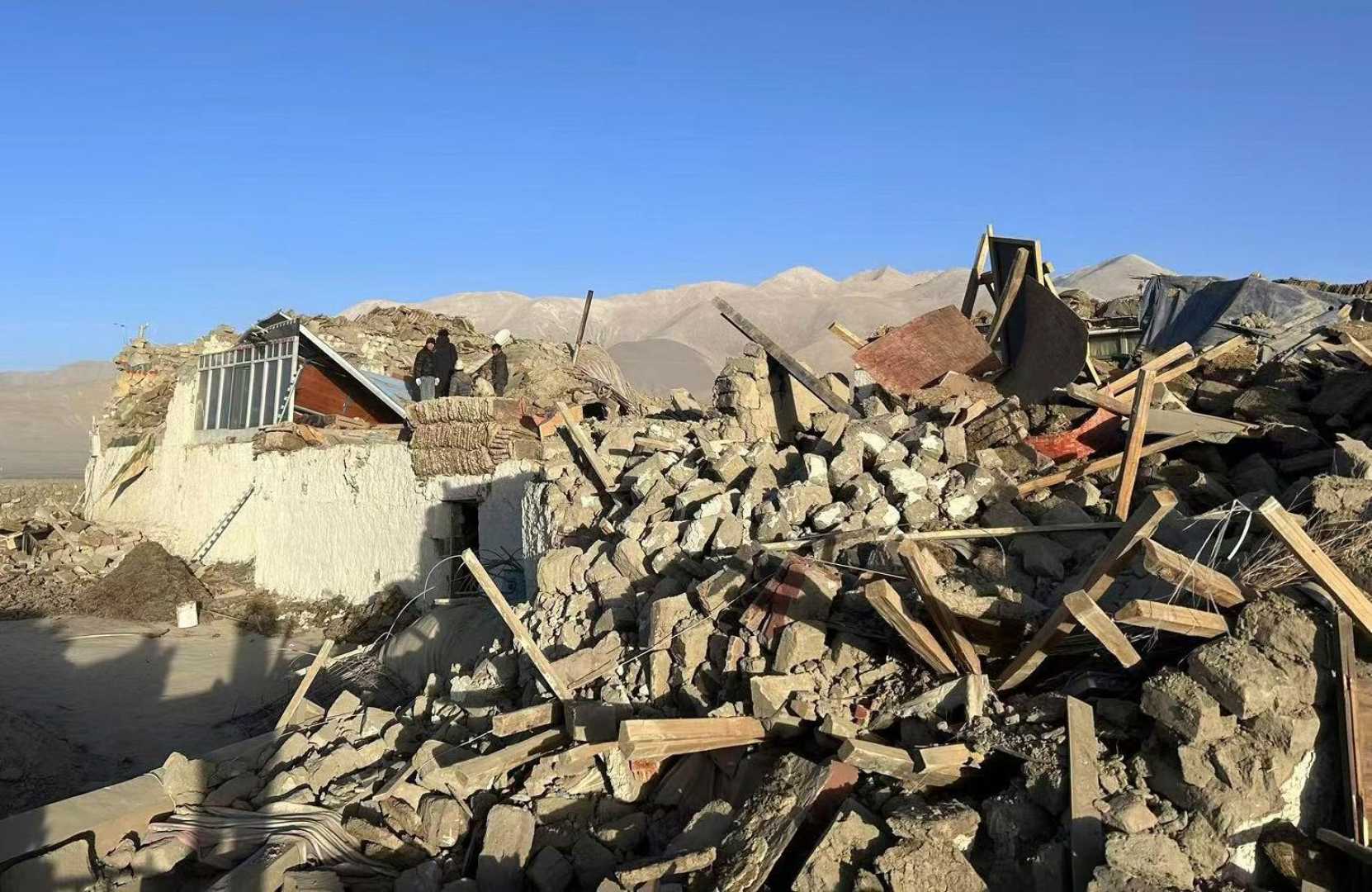World
7.1 Magnitude Earthquake Strikes Tibet Near Mount Everest, Killing 126

A 7.1 magnitude earthquake struck Tibet on January 7, 2025, killing at least 126 people and injuring hundreds more. The epicenter was located in Dingri County, approximately 50 miles from Mount Everest and near the holy city of Shigatse. The quake was felt across Nepal and parts of India, causing widespread destruction and panic.
According to Chinese state media, over 3,600 buildings were destroyed, and thousands of rescue workers have been deployed to search for survivors. More than 400 people have been pulled from the rubble so far, but freezing temperatures and ongoing aftershocks are complicating rescue efforts. Hundreds of aftershocks, some exceeding a magnitude of 4.0, have been recorded since the initial quake.
German climber Jost Kobusch, who was on Mount Everest at the time, described the quake as ‘explosive.’ ‘I woke up in confusion because everything around me was kind of exploding,’ Kobusch said. ‘Seracs were coming down, and avalanches roared.’ Kobusch, who was climbing alone and without supplementary oxygen, managed to descend safely to Lobuche, a village near Everest Base Camp.
This is not the first time Kobusch has experienced a major earthquake on Everest. He was also present during the devastating 2015 Nepal earthquake, which killed 22 people at Everest Base Camp. ‘It was very lucky that the quake caught me in the tent,’ Kobusch said. ‘Just imagine if I had been on some difficult or serac-exposed area when the earth started shaking.’
The earthquake has raised concerns about the stability of the region, particularly with the risk of landslides and avalanches in the coming days. Authorities are also monitoring glacial lakes, which have grown due to glacial melt and could pose additional risks if their barriers are breached.
Rescue operations are ongoing, with teams working around the clock to locate survivors and provide aid to affected communities. The Chinese government has pledged full support for recovery efforts, but the remote location and harsh conditions continue to pose significant challenges.












